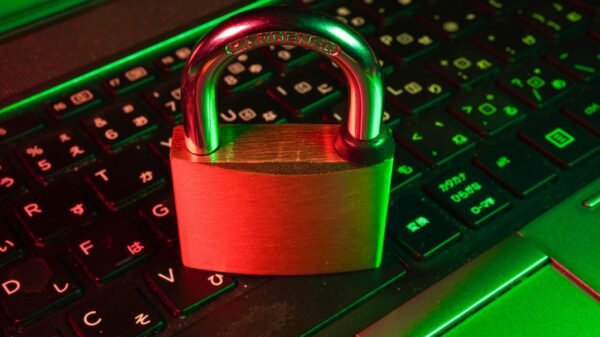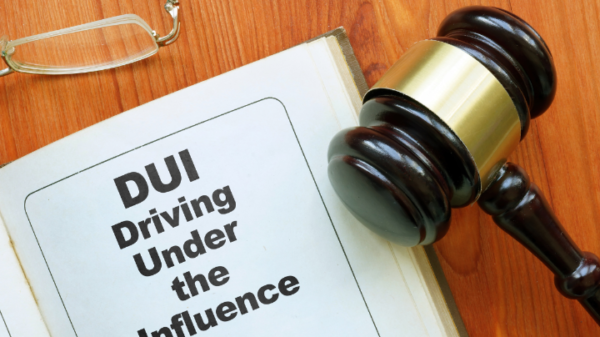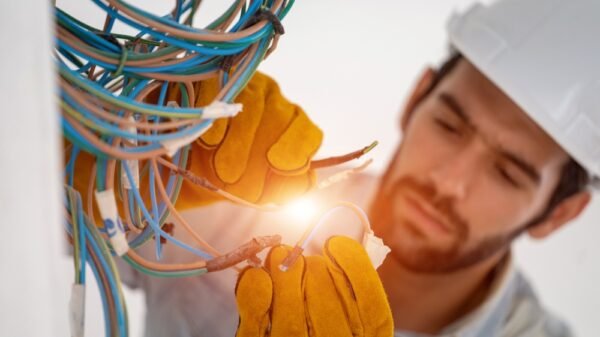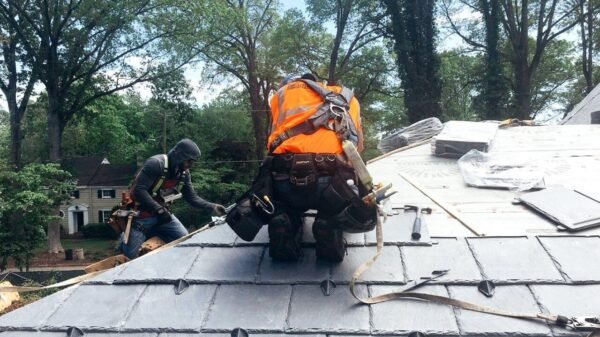Has your business generated hazardous waste? Hazardous waste is tricky to handle, and in most cases, there isn’t a single federal rule that handles hazardous waste.
Each state has its own rules and you’ll need to check with your state dept of environmental protection to see how you’re supposed to handle your hazardous waste.
However, there is some good news. When you know your options, you can dispose of hazardous waste at a very high quality. You can even make money by choosing certain options.
Let’s take a look at all your options for handling hazardous waste.
1. Safe Handling Practices
There are a few things you need to know about handling waste disposal. You need to identify the waste as hazardous. This can be done by looking at the container the waste is in or the label on the container.
Once you have identified the waste as hazardous, you need to handle it properly. In addition, be sure to stay up-to-date on safety training that you can also enroll in rcra online.
This will help you stay safe and protect others in the event of an accident.
2. Proper Storage
In order to keep yourself, and the environment, safe, always store hazardous materials in a cool, dry place away from any heat sources or open flames.
Store them in their original containers with labels intact, and in a secondary container if possible. Keep them away from any food or water sources, and make sure the area is well ventilated.
Lastly, always double-check that all containers are tightly sealed before storing.
3. Types of Hazardous Waste
Each requires different handling procedures. Some common hazardous wastes include:
Solvents
You need to know about handling hazardous waste, especially when it comes to solvents. This includes gloves, goggles, and a face mask that you can get in many household and industrial cleaners.
Batteries
Batteries must be recycled or disposed of properly. Disposing of regular trash can causes fires because it contains corrosive chemicals that can cause burns.
When a battery is placed in the trash, the chemicals it contains can leak out and contaminate the environment.
Fluorescent bulbs
These contain mercury, which is a toxic metal. It is necessary to wear protective clothing and you have to make sure that the area in which you’ll be working is well-ventilated.
And also, you need to clean up any spills immediately, using a safe cleaning solution.
4. Waste Segregation
Segregating your waste is another step in proper hazardous waste management. This means separating out different types of waste so that they can be properly disposed of.
For example, you would want to separate out metals, chemicals, and other hazardous materials. After you segregate the waste you can then properly dispose of it according to regulations.
5. Reduction Techniques
There are some reduction techniques that we can use to minimize the amount of hazardous waste generated. This can include source reduction, recycling by using less toxic chemicals, and waste incineration.
Proper hazardous waste management is essential to preventing pollution and protecting public health.
Say No to Hazardous Waste
There are many things to consider when handling hazardous waste. safety is the top priority. understanding the risks, using proper PPE, and having a plan are all keys to staying safe.
Be sure to include proper disposal methods for hazardous waste in your home to protect yourself, your family, and the environment. When in doubt about handling hazardous materials, ask a supervisor or trained professional for help
Feel free to browse our site for more articles on hazardous waste and how to manage it.
Suggested reads:
Golf Rival Cheats & Hacks For Free Coins & Gems
Your One Stop Guide To Pimpandhost




























































